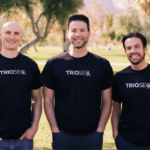Have you heard of the hubbing strategy? Well, it’s a powerful strategy in content marketing and SEO.
The hubbing strategy, known as the hub and spoke content model, can seem complex if you’re learning search engine optimization (SEO).
But beneath the labyrinth of algorithms and keywords lies a straightforward method for success.
Stick around as we journey through this comprehensive guide and outline the hub and spoke model.
What is the Hubbing Strategy?
The Hubbing Strategy, often termed Hub and Spoke SEO, is an organized approach towards content creation that taps into the powers of internal linking ‘hub’ and ‘spoke’ pages within your website.
Let’s dive deeper.
What is a Hub Page?
In essence, the ‘hub’ in our hub and spoke model serves as a master or cornerstone page on your website.
This central hub deals with a broad topic within your niche—acting as an authoritative source of information.
While navigating through a content hub, visitors encounter links leading to other related articles—an essential aspect of our strategy—which brings us to spokes.
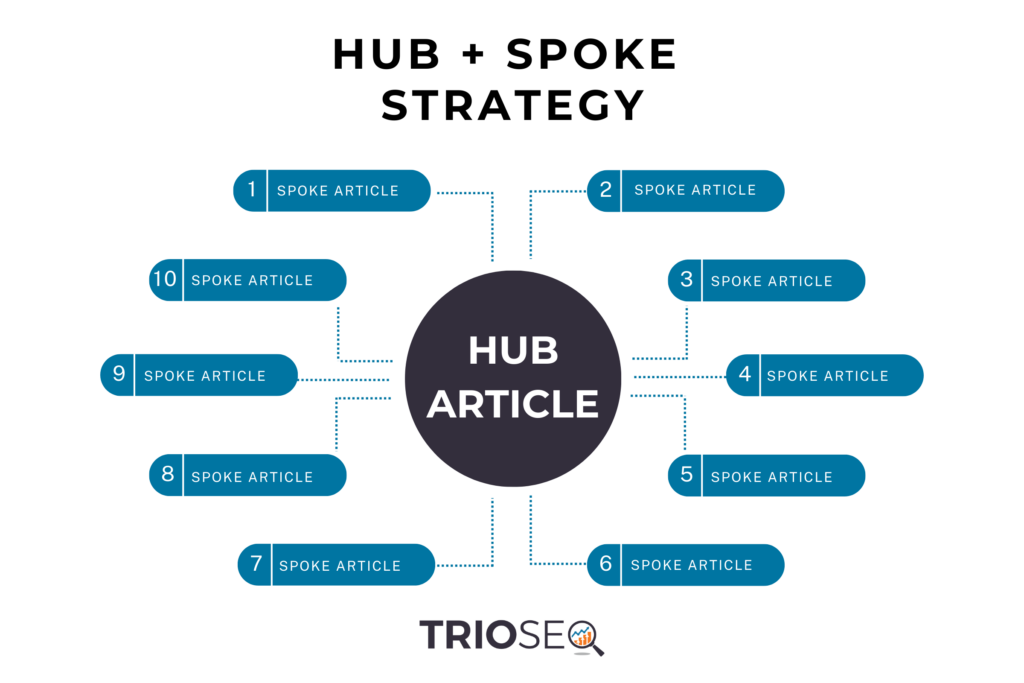
What Are Content Spokes?
Often referred to as spokes marketing, these are individual pieces of related content branching out from their respective hubs like spokes on a wheel.
Each spoke delivers specific insights or closely related subtopics that enrich the hub page.
Most importantly, all spokes link back to their connecting hubs—creating an intertwining network loved by search engines for user-friendly navigation.
Adopting this strategy helps readers understand the depth of information in each hub while strengthening your website’s SEO.
Benefits of the Hub and Spoke Content Model
The precise design of the hub and spoke model brings incredible benefits to your SEO. This strategy balances high-end quality content (the hub) and specialized informative, detailed texts (the spokes).
First, implementing a hub and spoke content model leverages the power of internal linking. Properly connected hubs and spokes tell search engines, “Hey, I’m an expert on this topic! Look how much information I have to offer visitors.”
Secondly, this approach aligns perfectly with Google’s preference for intricate (yet orderly) content structures.
Let’s highlight a few specifics specifics:
- Boosted Page Authority: Hubs gain authority as linked ‘spokes’ absorb backlinks. In turn, they pass ‘link juice‘ to parent hub pages, an action that amplifies their potency in the eyes of search engines.
- Improved Website Navigation: When done right, the hub-and-spoke model works like a map for visitors navigating your website’s maze- increasing page views while reducing bounce rates.
- Increased Audience Engagement: Hubs are like ultimate guides, whereas spokes are like subtopics; readers can go down the rabbit hole within their favorite genre.
- Topical Authority Establishment: Mastering a hub and spoke SEO strategy allows you to present yourself as an authoritative voice on particular topics or sectors –impressing visitors and search engines like Google, who favor domain experts.
Using the right strategies in your content can boost organic traffic and user satisfaction, which is crucial for a sustained online presence.
This advanced content approach links relevant topics around top keywords, maximizing reach. Keep reading to learn how to craft an effective hubbing strategy.
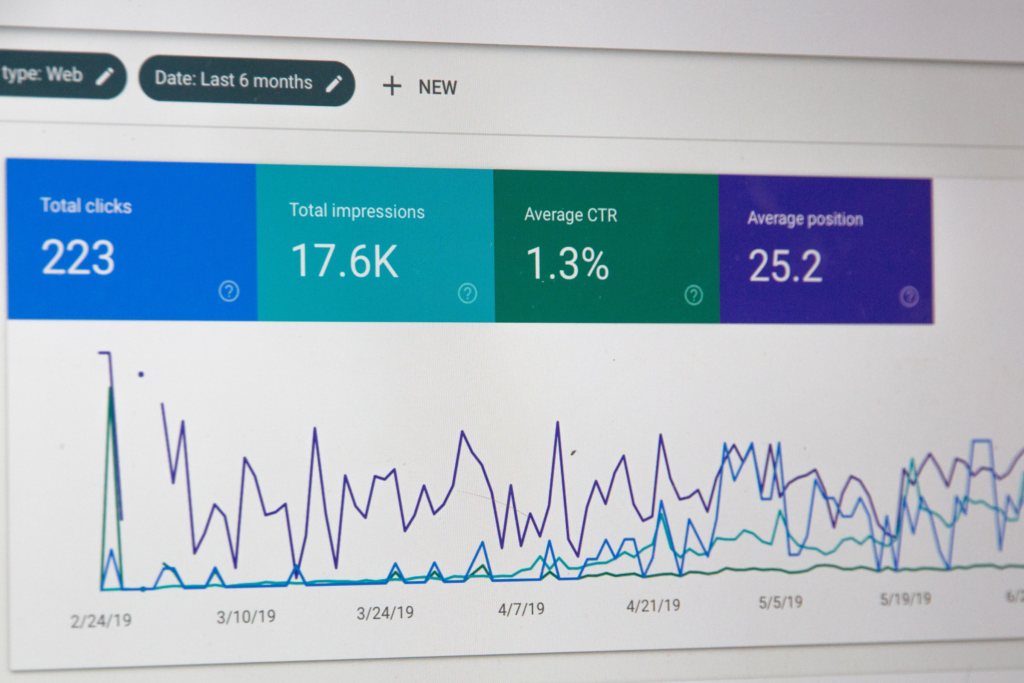
How to Create a Hubbing Strategy
Here is a step-by-step guide to assist you in navigating through the process.
Step 1: Conduct Keyword Research
The first pivotal step is conducting keyword research.
Start by finding your target audience’s keywords and use SEO tools such as Ahrefs or SEMrush to create a roadmap.
When doing keyword research, it’s best to:
- Identify high-volume, low-competition keywords
- Find long-tail variants, typically three or four-word phrases specific to your niche
Once you’re done, begin organizing your hubs and spokes.
Step 2: Identify Your Hub and Spokes
Once you’ve gathered your primary keywords, it’s time to identify your hub and corresponding spokes.
The “hub” represents the central content piece around which all other “spoke” contents revolve.
To identify hubs:
- Choose topics with widespread interest within your industry
- Consider topics with groups of related subtopics
For spokes:
- Look at subsections derived from the overarching theme (your hub)
Your content strategy must prioritize relevancy among hubs and spokes across the board.
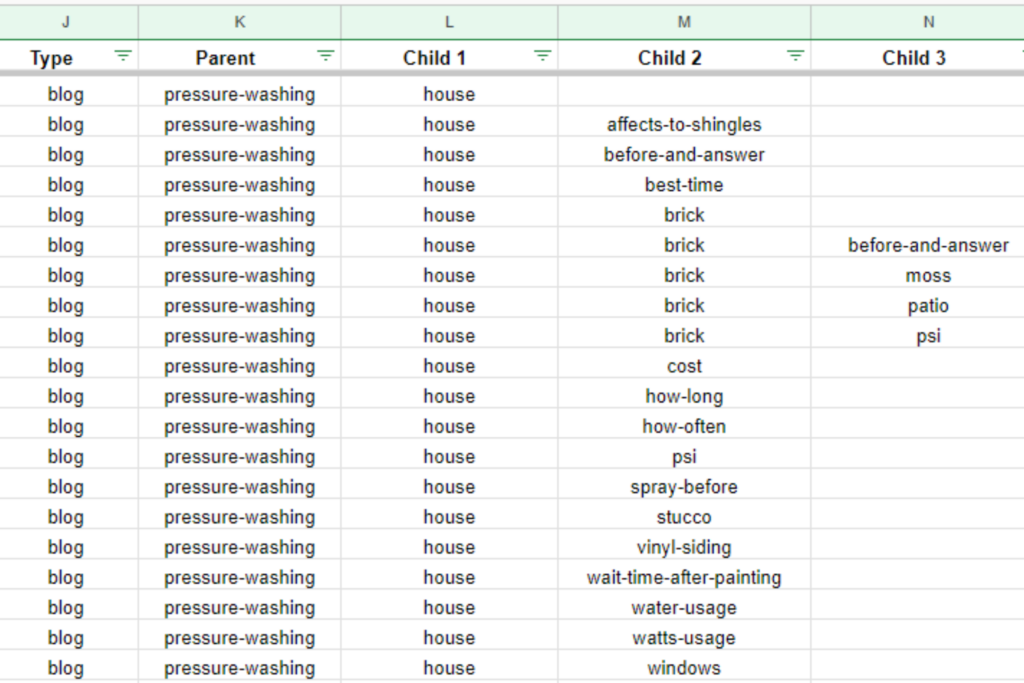
Step 3: Create Content
Next, start creating content and stick to one hub and spoke at a time. It’s common to have more than one hub and spoke within a content strategy, so write each individually.
Content variety keeps visitors entertained and enables them to choose their preferred method for consuming information.
Step 4: Link Your Spokes and Hubs
After creating content, it’s time to link these pieces together.
Links allow smooth transitions among various subtopics (the “spokes”) that stem from the main topic (the ‘hub’).
Ensure:
- Each spoke links back to its corresponding hub
- Each hub links to the corresponding spokes.
Remember our bicycle wheel analogy- the center is the hub article, and the spokes connect around the wheel.

Step 5: Be Patient and Promote
SEO is a game of delayed gratification, requiring patience and persistence.
Even though organic search is the goal, promoting it can significantly enhance its visibility, especially after launch.
To promote effectively:
- Use social media platforms
- Invest in advertising campaigns
- Partner with industry-relevant influencers
A successful campaign can guide audiences to your main content hubs and lead them through interconnected, thoughtfully crafted topics.
Step 6: Monitor Performance
Take a moment to sit back, but always be ready to make necessary performance adjustments.
Monitor metrics like:
- Bounce rates: Check if users are leaving after viewing just one page.
- Traffic flow analysis: See if visitors move smoothly between linked content.
Regularly review these metrics and make changes when required.

How to Optimize Your Hubbing Strategy
Boosting the visibility of your content hinges on optimizing your hubbing strategy.
Here are steps to enhance your hub-and-spoke SEO structure:
- Maximize Keyword Use: While stuffing keywords can harm readability, strategically placing relevant keywords boosts SEO. Ensure they’re woven in naturally and engagingly.
- Review Site Analytics Regularly: Regularly updating your analytics helps weed out outdated or underperforming articles that could hurt traffic. Recognize that not all content will perform well, so frequent reviews are beneficial.
- Prioritize User Experience and Load Times: The speed of your site directly affects user retention. If a page loads slowly, visitors might leave before engaging with your content. Improving loading speed not only enhances user experience but can also uplift your SEO.
Remember, optimization isn’t a one-and-done process but a dynamic procedure requiring periodic checks and updates.
Content Hub Examples
Many companies have succeeded significantly in using the hub and spoke strategy in SEO.
Let’s look at some examples to give life to the concept.
The Home Depot
Understandably, one perfect example of using a powerful hub and spoke model is The Home Depot. When you visit their DIY Projects and Ideas section, which acts as the central hub page, you see a wide array of content relevant to different home improvement projects.
Readers are directed toward specialized information by categorizing this into ‘spokes’ such as Outdoor Projects or Bathroom Ideas.
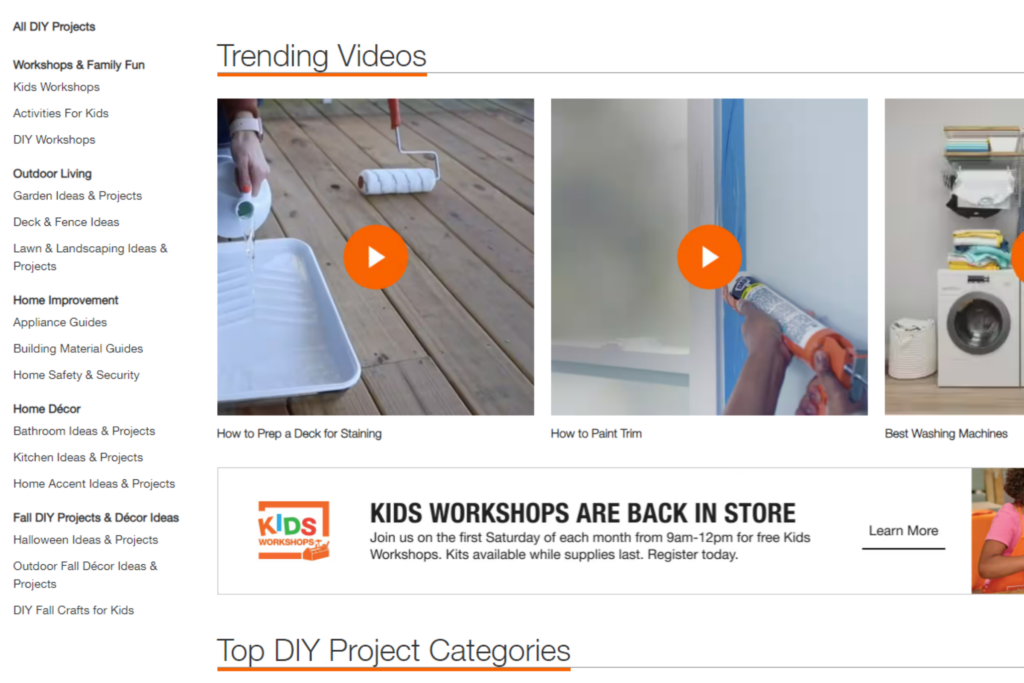
Entrepreneur.com
Similarly, Entrepreneur.com has a phenomenal usage of content hub strategy. For instance, choosing “Marketing” will send you into a world brimming with related subtopics and articles.
Kissmetrics
Yet another successful company employing the hubbing strategy is Kissmetrics, an analytical platform for businesses looking to track, analyze, and optimize their digital marketing performance.
An exploratory journey throughout Kissmetrics’ blog leads you through knowledge-packed spokes like AB Testing, Product Management, Customer Engagement, etc.
These remarkable illustrations exhibit how transforming your content schema into a strategic hub and spoke model can reap multifaceted benefits.
Wait a minute! Want to explore more SEO content?
- Low-hanging Fruit SEO – Master the Best Keyword Strategy
- Learn SEO for Family Law
- Best SEO Strategies for Wedding Photographers
Conclusion
SEO, like all digital marketing, is dynamic. With ever-advancing search engine algorithms, adaptation is crucial, the hubbing strategy stands firm in this shifting SEO terrain.
At its core, the hub and spoke model provides users with a comprehensive online experience.
This structure ensures an intuitive user journey, enhancing engagement and solidifying your niche authority.
The central hub page, supported by its spokes (or satellite pages), isn’t just added for the sake of it. Each spoke is a strategic piece centered around targeted keyword clusters.
Applying the hub and spoke content model offers several benefits:
- It boosts search engine relevance
- Encourages deeper audience engagement
- Attracts valuable backlinks due to in-depth topic coverage
Remember, patience pays off. While it’s an initial investment, the long-term ROI is promising.
We hope you found this guide helpful. Thanks for reading!




![Featured Image - Mental Health Content Writing [Best Practices and Ethical Considerations]](https://trioseo.com/wp-content/uploads/2024/05/Mental-Health-Content-Writing-Best-Practices-and-Ethical-Considerations-300x157.png)
![Featured Image - Beginner’s Guide to CBD Content Writing [Tips Included]](https://trioseo.com/wp-content/uploads/2024/05/Beginners-Guide-to-CBD-Content-Writing-Tips-Included-300x157.png)

![Featured Image - [Ultimate Guide] SEO For Tech Companies That Outranks Competitors](https://trioseo.com/wp-content/uploads/2024/04/Ultimate-Guide-SEO-For-Tech-Companies-That-Outranks-Competitors-300x157.png)

![Featured Image - B2B SaaS SEO - Ultimate Guide [Strategy Included]](https://trioseo.com/wp-content/uploads/2024/04/B2B-SaaS-SEO-Ultimate-Guide-Strategy-Included-300x157.png)

